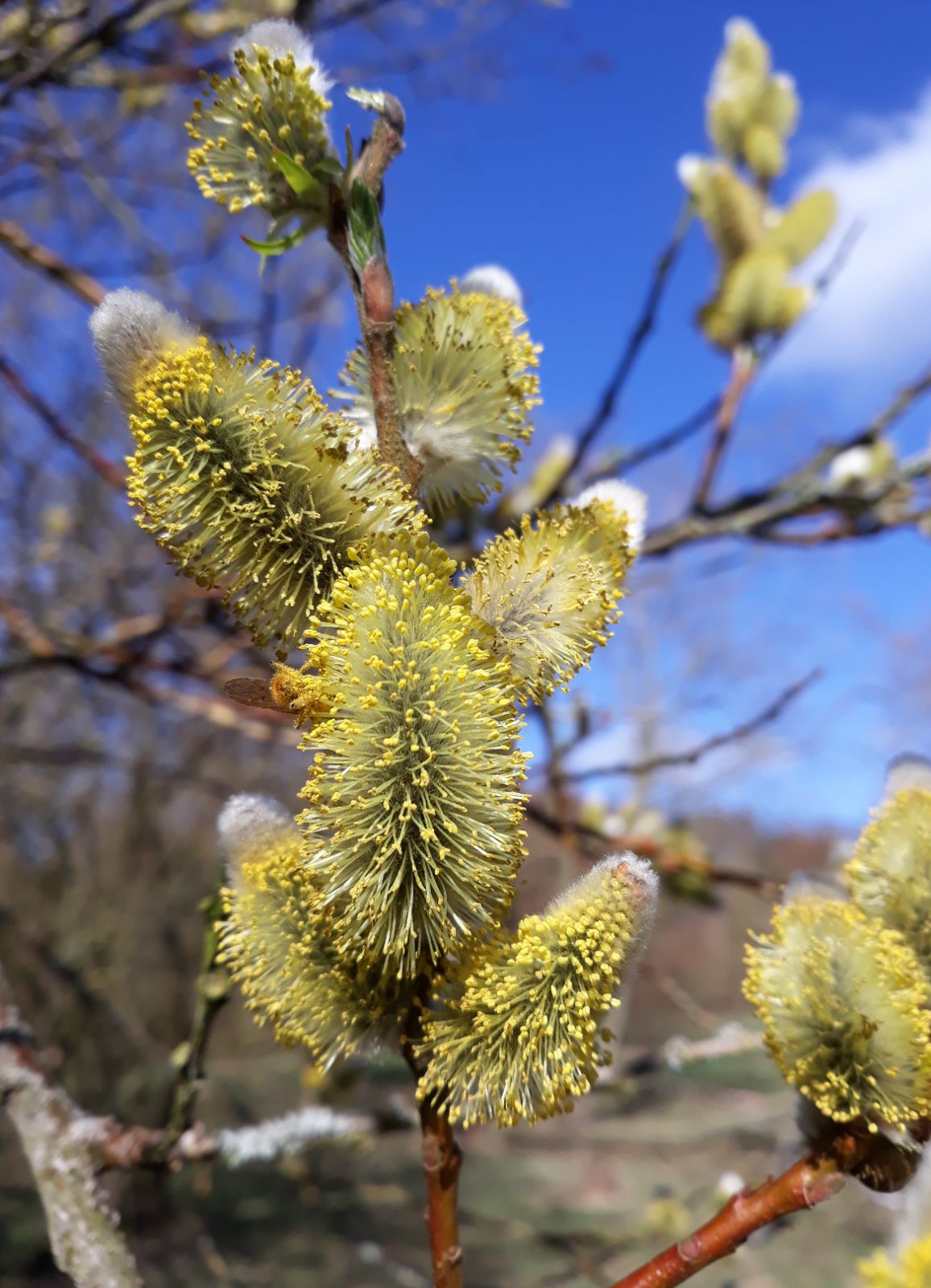Salix daphnoides
Credits
Article from Bean's Trees and Shrubs Hardy in the British Isles
Recommended citation
'Salix daphnoides' from the website Trees and Shrubs Online (treesandshrubsonline.
Infraspecifics
Other taxa in genus
- Salix aegyptiaca
- Salix alba
- Salix amygdaloides
- Salix arbuscula
- Salix arbutifolia
- Salix arctica
- Salix aurita
- Salix babylonica
- Salix bockii
- Salix 'Boydii'
- Salix caesia
- Salix candida
- Salix caprea
- Salix cinerea
- Salix cordata
- Salix discolor
- Salix elaeagnos
- Salix exigua
- Salix fargesii
- Salix fragilis
- Salix glabra
- Salix glaucosericea
- Salix gracilistyla
- Salix hastata
- Salix herbacea
- Salix hookeriana
- Salix humboldtiana
- Salix irrorata
- Salix japonica
- Salix jessoensis
- Salix lanata
- Salix lapponum
- Salix lasiandra
- Salix lindleyana
- Salix lucida
- Salix magnifica
- Salix matsudana
- Salix × meyeriana
- Salix × mollissima
- Salix moupinensis
- Salix myrsinifolia
- Salix myrsinites
- Salix myrtilloides
- Salix nakamurana
- Salix nigra
- Salix nigricans
- Salix pentandra
- Salix petiolaris
- Salix phylicifolia
- Salix purpurea
- Salix pyrenaica
- Salix pyrifolia
- Salix repens
- Salix reticulata
- Salix retusa
- Salix rigida
- Salix × rubra
- Salix sachalinensis
- Salix scouleriana
- Salix × sepulcralis
- Salix × sericans
- Salix sericea
- Salix silesiaca
- Salix starkeana
- Salix × subalpina
- Salix triandra
- Salix uva-ursi
- Salix viminalis
- Salix wilhelmsiana
A tree of erect, vigorous habit up to 40 ft high; young shoots at first downy, becoming glabrous, and covered with a conspicuous plum-coloured bloom; twigs brittle. Leaves oval-lanceolate, tapered at both ends, but more gradually at the point, finely toothed (the teeth glandular); 11⁄2 to 41⁄2 in. long, 3⁄8 to 1 in. wide, somewhat leathery, glabrous dark green and glossy above, blue beneath; stalk 1⁄6 to 1⁄2 in. long. Catkins produced in March; males 1 to 2 in. long, 1⁄2 to 3⁄4 in. wide, rather striking, and resembling those of the goat willow; females more slender; ovary almost sessile, glabrous; style about half as long as the ovary, usually yellow; stigmas linear, erect.
Native of Europe from Scandinavia to the Alps and N. Italy, east to the Urals. In Britain it has been found growing in a few out-of-the-way, damp localities in the north of England, but is not a native nor even naturalised. As a willow for the garden it is worth growing for the beautiful purple or violet-coloured bloom on the shoots, and for its handsome catkins. It received an Award of Merit in 1957. If the plants are cut back every second spring the crop of young wands makes a pleasing winter effect. In the osier basket trade it is known as ‘Violets’ and ‘French Purple’.
A number of clones are illustrated below: descriptions will follow when funding for a revision of Salix is available.
'Aglaia' ("Latifolia")
Leaves broader than normal; stems scarcely pruinose. In cultivation since the 1830s, at least on the continent. The plants now in commerce are male, but the one received by Kew in 1880 from the Belgian nurseryman van Houtte was female.
'Continental Purple'
'Pendulifolia'
Branches arching; leaves up to 6 in. long, hanging vertically. A male clone, put into commerce by Späth in 1939 and later distributed by Dr Krüssmann from the Dortmund Botanic Garden., ‘Blue Streak’ is similar, but the leaves are shorter and the branches not so pendulous; also male.S. kangensis Nakai – This ally of S. daphnoides is in cultivation but is only of botanical interest, the young branches lacking the bloom of the western species. It is a native of Korea, the Ussuri region of Russia and of N.E. China. The fourth member of the section Daphnella is S. rorida Lakschewitz, with a wide distribution in N.E. Asia, including Japan. It is not known to be in cultivation.'Praha'
Information is needed on this very ornamental male clone.
'Pulchra Ruberrima'
'Super Puss'
Selected by Elizabeth Bullivant.
var. pomeranica (Willd.) Koch
Synonyms
S. pomeranica Willd













